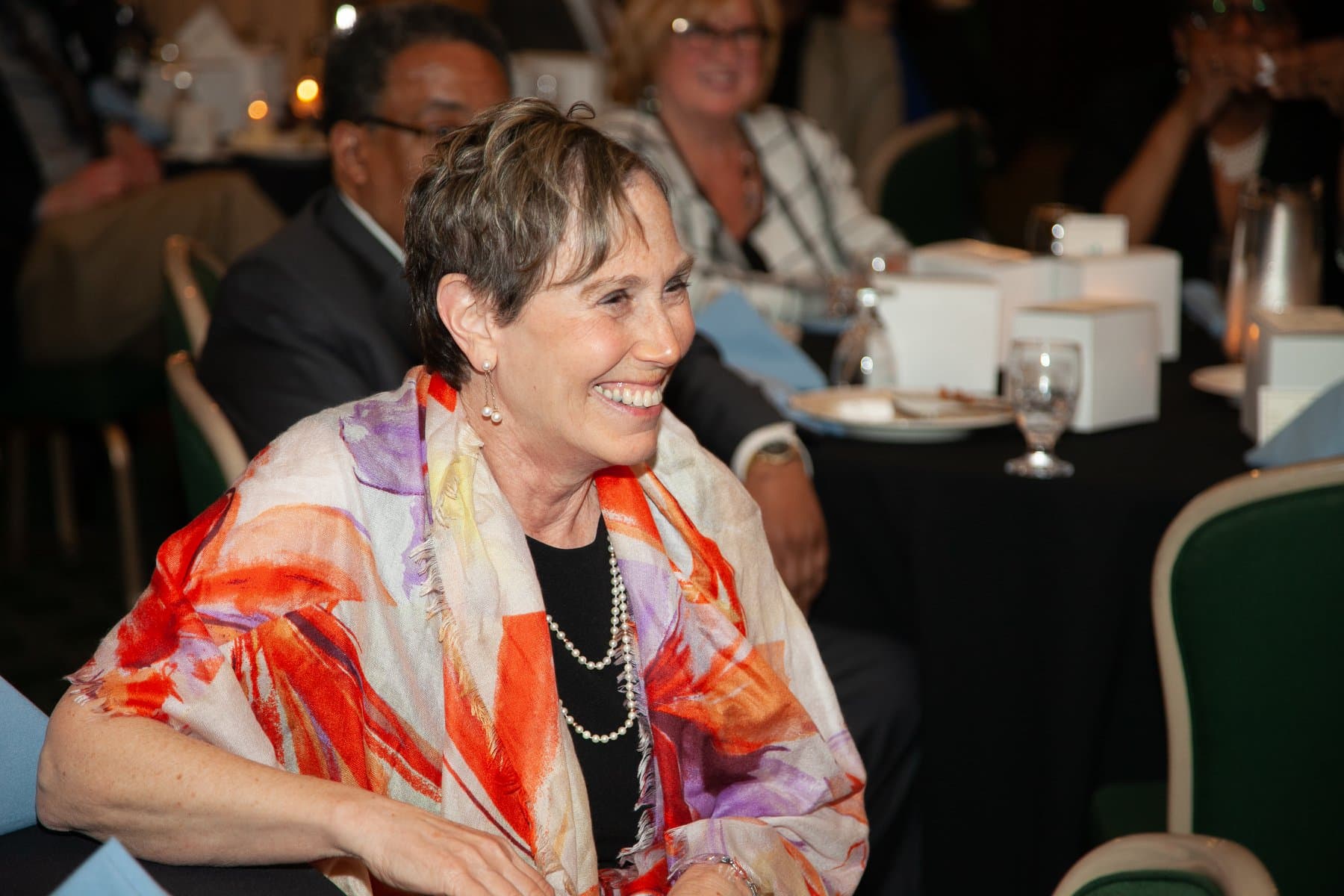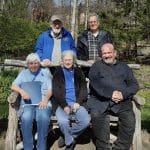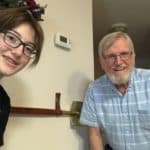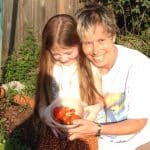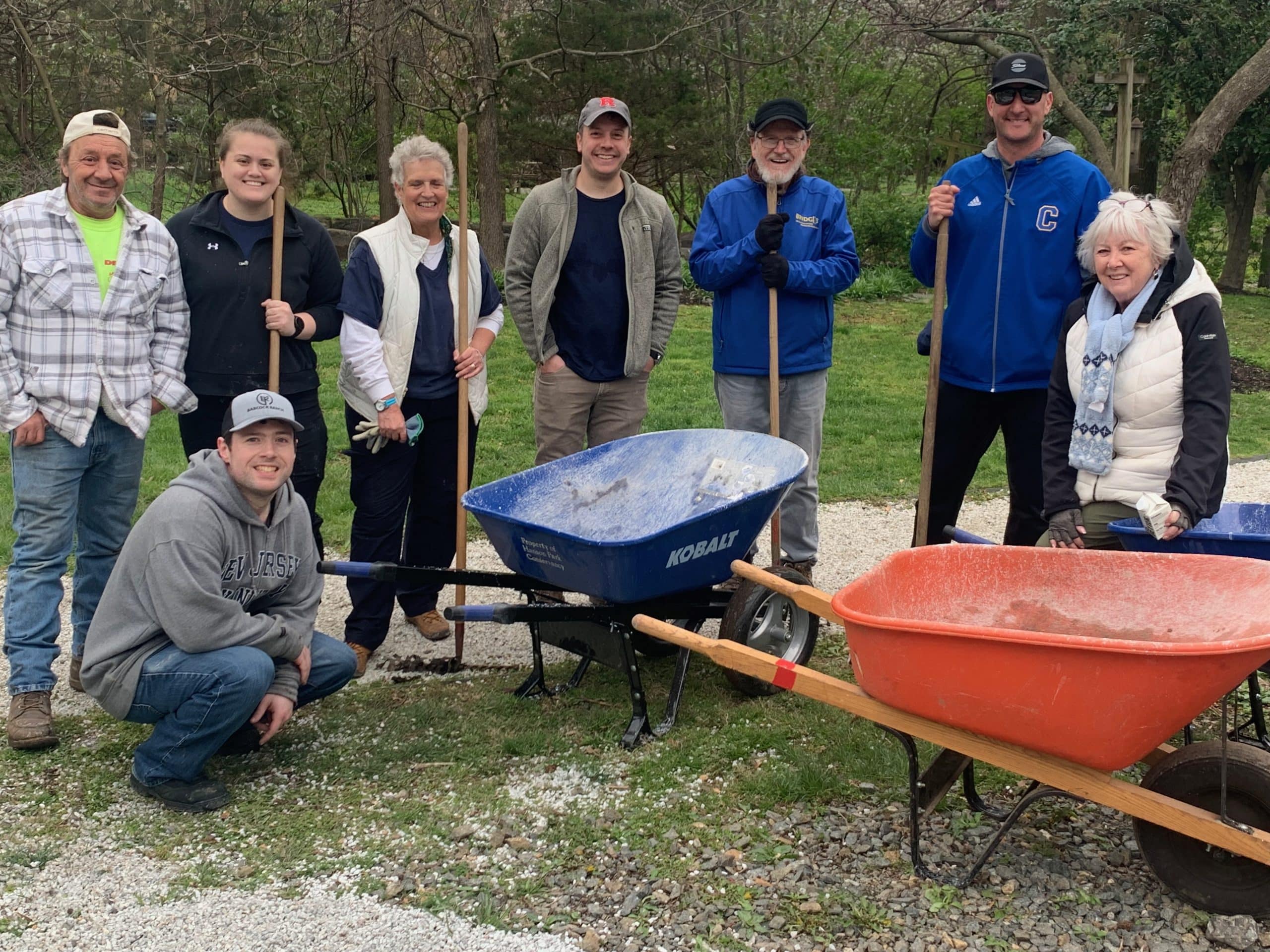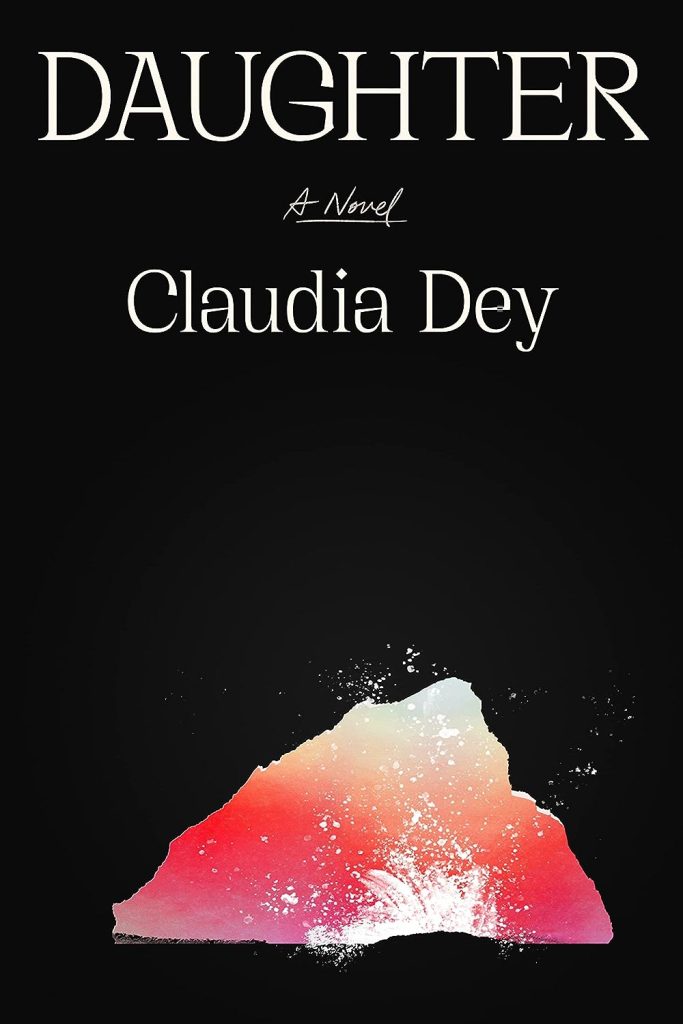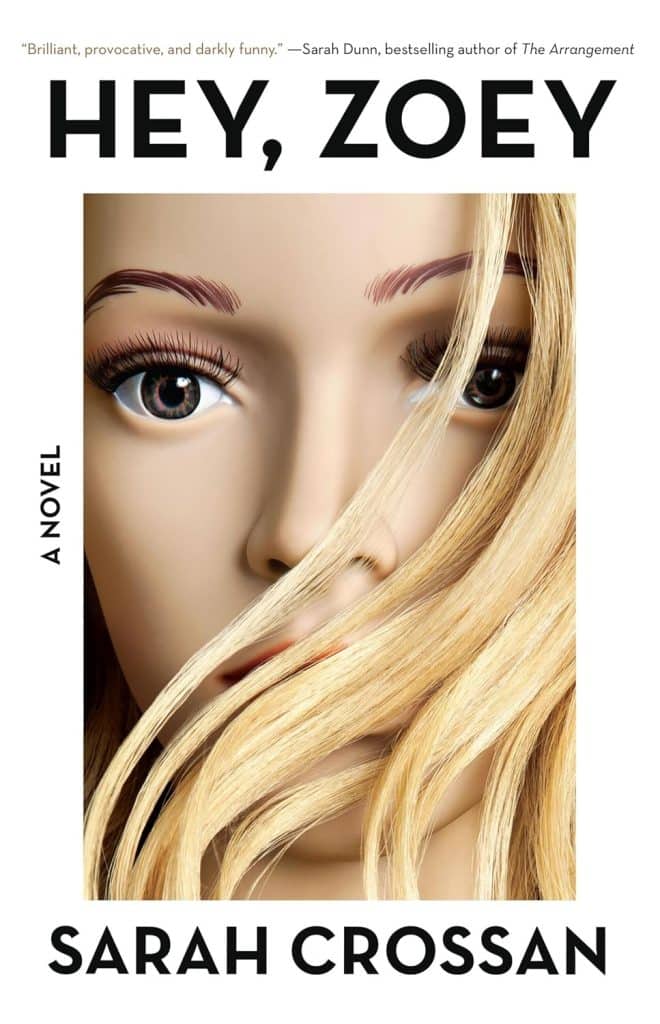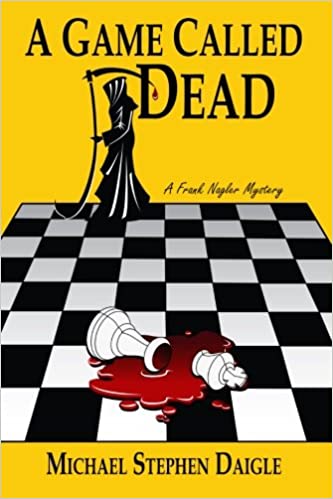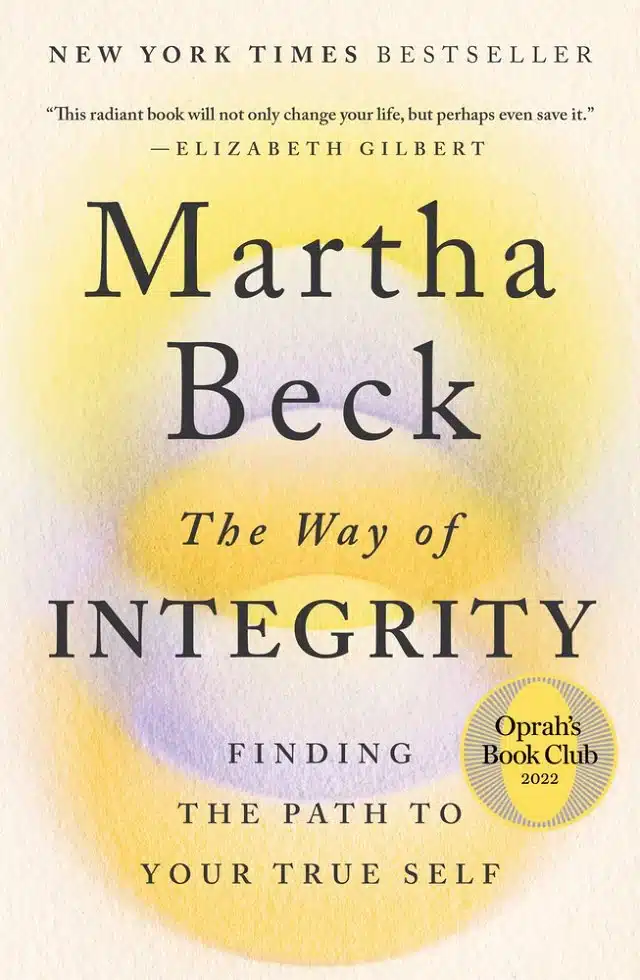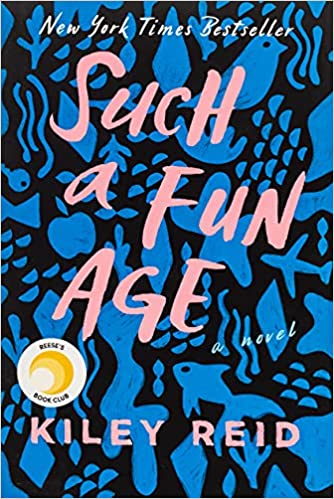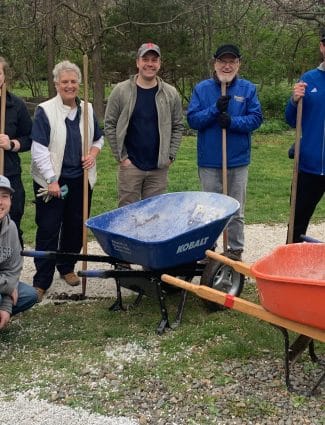
Cleaning the Paths in Hanson Park
Estimated reading time: 0 minutes, 49 secondsToday, I had the privilege of participating in a challenging cleanup at Hanson Park, a task necessary due to the floods caused by the winter season. The path closest to the Rahway River, which goes by one of my wife’s memorial benches, was covered with several inches to a foot or more of silt and leaves, making walking extremely hazardous. But, with the invaluable contributions of volunteers, we cleared the path and added five cubic yards of stone to make it safer. A local contractor also played a crucial role, generously donating his time and backhoe. Volunteers from the fire and police departments and my fellow community members also came forward to help.
Despite all the assistance, my seventy-five-year-old body is feeling the strain. Nevertheless, I’m grateful to live in Downtown Cranford, a community that’s easy to walk around, with many friends and opportunities to volunteer. My friends in the Conservancy refer to me as ‘a tremendous supporter and cheerleader for Hanson Park.’
